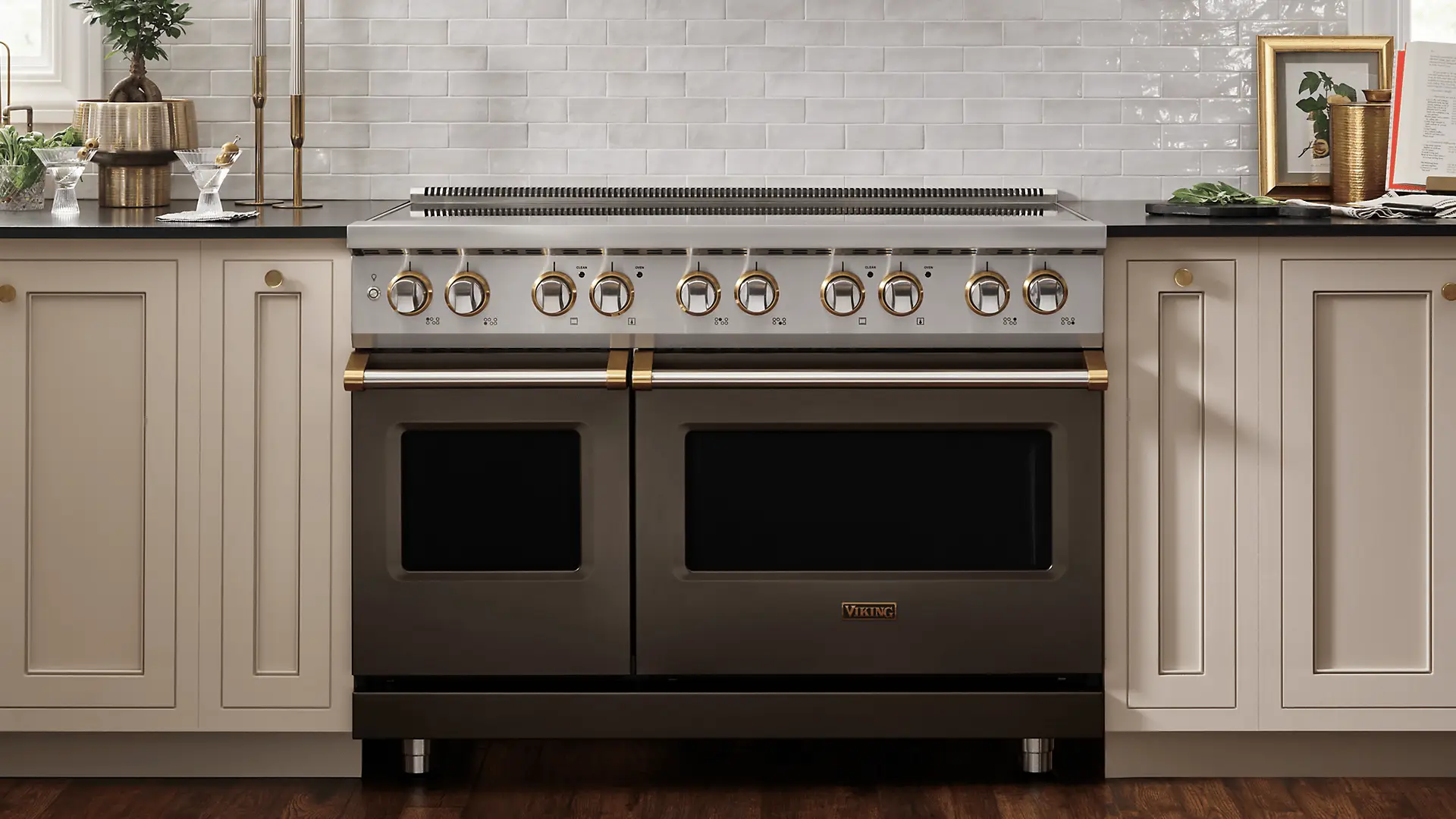Energy-efficient appliances play a pivotal role in reducing our environmental impact and utility bills in 2025.
By understanding and implementing eco-friendly practices, you can significantly lower your household’s carbon footprint.
This article explores the essentials of selecting, using, and maintaining appliances in an eco-conscious manner.
Understanding Energy Efficiency in Appliances
What Makes an Appliance Eco-Friendly?
Eco-friendly appliances are those designed to minimize energy consumption while maintaining or enhancing performance.
Energy efficiency ratings are crucial indicators of an appliance’s eco-friendliness.
These ratings, often shown on labels, help consumers identify products that use less energy.
For instance, Energy Star-certified appliances are 37% more efficient than standard models, offering significant savings on utility bills.
Additionally, these appliances often employ sustainable materials in their construction, reducing environmental impact from production to disposal.
Manufacturing processes might include energy-efficient assembly lines, the use of recycled materials, and designs that allow for easier recycling at the end of the product’s life.
By choosing such appliances, you’re not only saving money but also contributing to a reduction in the carbon footprint associated with household energy use.
The Role of Certifications
Certifications like ENERGY STAR are not just labels; they’re commitments to environmental stewardship.
An appliance with the ENERGY STAR label has been independently verified to meet strict energy efficiency guidelines set by the EPA or other bodies.
These appliances are designed to consume less energy without sacrificing performance, often using advanced technologies to achieve this.
Beyond ENERGY STAR, there are other eco-labels:
- EPEAT: Focuses on electronics and IT products, assessing their environmental impact across lifecycle phases.
- WaterSense: For water-using appliances, ensuring they are both water and energy-efficient.
These certifications not only guide consumers towards more sustainable choices but also push manufacturers towards innovation in energy efficiency.
Selecting Eco-Friendly Appliances
Assessing Efficiency Ratings
When shopping for eco-friendly appliances, understanding the new energy label system is crucial.
As of March 1, 2021, the EU introduced the “European Union energy label” a new scale ranging from A (most efficient) to G (least efficient) to replace the former A+++ to D ratings.
This change came to provide a more transparent and scalable way to assess appliance efficiency.
For example, an appliance with an A rating uses significantly less energy than a D-rated one. Here’s how to navigate these labels:
- Check the A-G Rating: A higher rating means greater energy efficiency.
- Look for Annual Energy Consumption: This figure helps you estimate yearly running costs.
- Consider the Appliance’s Size: Efficiency can vary with size, so compare similar capacity models.
Remember, the choice of an A-rated appliance today can lead to substantial savings and environmental benefits in the long run.
Long-Term Economic and Environmental Benefits
The decision to invest in energy-efficient appliances offers more than just immediate financial considerations. Over time, these choices yield considerable economic benefits.
Take, for instance, an energy-efficient refrigerator; it can save you up to +$70 annually on your electricity bill. The logic here is simple: while the initial purchase might be pricier, the long-term savings on utilities can far exceed this cost.
Moreover, these appliances often require less maintenance due to fewer moving parts and less strain on components, which can reduce repair costs over the appliance’s lifespan.
From an environmental standpoint, the impact is profound.
Each energy-efficient appliance helps reduce overall energy consumption, thus lessening the reliance on fossil fuels for electricity generation. For every watt saved, there’s a corresponding decrease in carbon emissions.
Optimal Usage of Appliances
Load Maximization for Efficiency
Running your dishwasher or washing machine at full capacity is a simple yet effective way to enhance energy efficiency. This practice is especially relevant in areas where water conservation is a priority.
Here’s how load maximization benefits you:
- Resource Conservation: A dishwasher uses roughly the same amount of water and energy whether it’s washing a few items or a full load. In places where water resources can be scarce, like parts of Texas, ensuring these appliances are fully loaded before use means you’re making the most out of each cycle. This not only saves water but also reduces energy consumption, which is particularly beneficial during peak demand times in urban areas.
- Economic and Environmental Impact: For homeowners, running full loads can significantly decrease utility bills. For the environment, it translates to lower water usage and energy consumption, contributing to a reduction in the carbon footprint.
Strategic Timing for Energy Use
Timing when you use your appliances can lead to substantial energy savings, particularly in regions where electricity prices can fluctuate with demand.
For example, many utility companies offer lower electricity rates during off-peak hours, typically at night or early morning. That being said, running your dishwasher or starting a laundry cycle with your washing machine during these times can reduce costs.
In Texas, where electricity rates can peak during hot summer afternoons, shifting appliance use to cooler, less demanding hours can save both money and energy.
Also, appliances left on standby can quietly drain power.
In the U.S., it’s estimated that standby power accounts for about 5-10% of residential electricity use.
So, leaving your stove or a digital fridge in standby mode can add unnecessary costs to your bill. Unplugging or turning off these appliances when not in use can mitigate this waste.
Implementing Smart Technology
Smart appliances are transforming how we manage energy in our homes. By integrating these devices, we’re not just opting for convenience; we’re making a strategic choice for efficiency.
Smart lighting solutions, particularly those utilizing LED technology, offer a dual benefit.
They consume 75% less energy and have a lifespan 25 times greater than traditional incandescent bulbs.
These systems can automatically adjust light levels based on natural light availability or occupancy, ensuring lights are off when you’re not in the room, which further conserves energy.
By adopting these smart technologies, you’re not only simplifying your daily life but also actively participating in energy conservation efforts, contributing to a reduction in both personal expenses and environmental impact.





